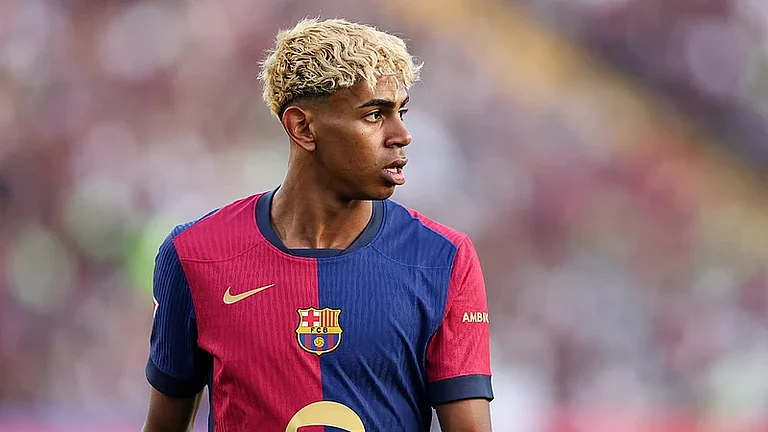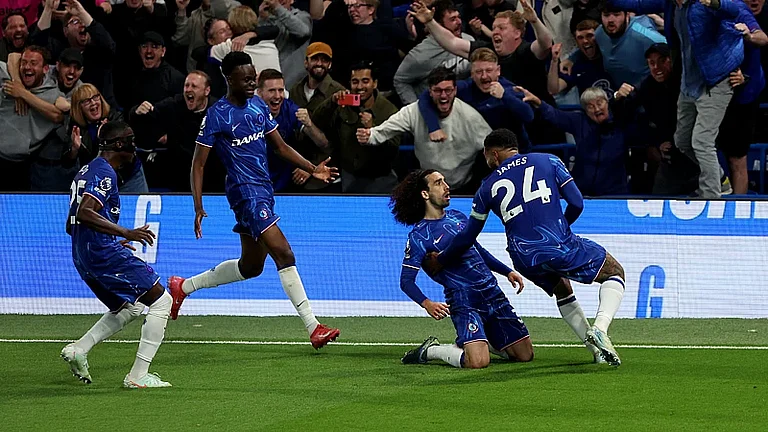Mumbai. It’s a sooty city of fading heritage and deteriorating roads. A work-in-progress. The city is deeply rooted in us. It has given us a lot. We expect a lot from it. Here, dreams come true for some. Others are either in a state of REM or work so tirelessly that the moment they hit the hard ground, they don’t have the time to dream.
The city has seen it all; riots, gang wars, millworkers’ strike, celebrations, drunken dancing, grieving migrants and cocooned elites. What is the Spirit of Mumbai? We hide so many things under this catchphrase. The city has witnessed many political agitations… Is that the spirit of Mumbai?
We are, and will always remain outsiders in the city. Who is the real insider, then? The one with the power or the one who can break the power? Strikes are a thing of the past. Where do all the angry young men and women live?
The city can get so loud at times and render you inaudible. The satellite TV news is so loud that many of us have stopped watching. There’s the same broken/breaking news in which the fonts fight for the space on our screens, which is a reminder of the political scenario. With so much literal and metaphorical noise around, the Mumbaikar accepts most challenges.
Very few cities globally can match Mumbai’s character. Or take four years to rebuild a collapsed flyover at its heart that connects two arteries (Lower Parel, east and west). This infrastructure surgery got delayed because there are too many surgeons—the Brihanmumbai Municipal Corporation, the state, the railways and the central government. Another reason could be what news reports say—the pandemic played spoilsport. The other day, I was stuck on the road because of heavy rains, construction work, and rush-hour traffic. Furthermore, the traffic police had blocked the entire stretch.
“Why is the road blocked?” I asked.
“VIP.”
“Oh! Did you say VIP?” I asked again.
“I am just a cog in the wheel,” the policeman said.
I watched an entourage of cars with police protection zip past us I wonder what the police feel about this fabled spirit of Mumbai. Most policemen are the sons of the soil that smells terrific after the rains as it merges with aroma of vada and bhajjis. We can smell the odour that tells the others “we belong here”.
It’s a multi-layered, complex, and colourful city offering plenty of stimuli for an artist. I am an artist. Of contradictions. This city makes me so.

I also wonder what the common man feels about this spirit. Like R.K. Laxman’s eponymous character who peeps and sees the reality of his satire. We don’t know much about civic sense. We put images of God from every religion on the wall to keep it clean, yet most of the cab drivers roll down the window and spit out their frustrations. We love our films and film stars. It does not matter if they are outsiders or insiders, whether they smell a certain smell. That’s also the spirit of Mumbai, they say. One fine day, a bureaucrat decides to clean up the entire south/central Mumbai road (Senapati Bapat Marg) along with the slums here and succeeds. This is also the spirit of the city. A few years later, some people from a distant village, looking for a place to sleep, constructed their dream house here. A shed with discarded political banners. The face on the banner and the people living inside the tent tell two different stories but share one thing in common—the spirit of the city.
The city likes to party. They banned a few things but can’t break our spirit. We do the naagin dance on the road and show our groovy moves in fancy nightclubs. We pay ridiculous prices for popcorn in movie theatres and drinks in restaurants. That’s the other spirit. Pun intended.
It’s easy to get frustrated in such a crowded city. We all like to blame someone. Can we do something to change it? Only a small section pays taxes. Others don’t have the time to think or refuse to think. more than half the inhabitants live below the poverty line.
This city is like a video game. Once you cross the elementary level, a few homo sapiens will cross the road from both directions ignoring the zebra crossing or the stop sign on the traffic light. At the next level, one dozen two-wheelers will head straight in your direction, with the exact sound effects of the videogame, and seeing their confidence, doubt will creep in whether you are on the wrong side of the road. Still, you won’t have time to ponder over the incident beyond those split seconds. We move on here. That too is the spirit of Mumbai.
Our skyline is like a shade card; it covers all styles of architecture. Do you like a specific style? Arabic, Mauryan, Roman, or Bauhaus? No problem, we can create it. Our colonial monuments look more colourful at night bathed in the disco lights. Neon pink, blue, red. A TikTok fan had an idea to create a selfie point a few steps away from the monument. I suggest this point must be accompanied by a signage: ‘Introspection point’ and translate it into all Indian languages’. But we won’t have the time for that, right?
Once there was an equestrian statue in bronze of King Edward VII shifted to the museum from its prime location. Why? To erase the colonial past? Probably this says a lot about the confused and abstruse transition from Bombay to Mumbai. Then again, the colonial era had a substantial impact on shaping the city’s hybrid look. With Art Deco and Neoclassical architecture, we have the latest technology in glass facades—highrises. Are we growing tall or just vertically? We are excellent at embracing things. Unofficially, our preferred language at work is English. I have even stopped thinking in Marathi. Multilingualism has become the norm or the intuitive way of living in this city.
We also have an ugly side that reveals itself in communal riots or terrorist attacks. Yet, we want to believe that we live a harmonious life and can express ourselves freely, albeit that’s debatable in recent times. I am ecstatic when the entire city celebrates India winning the cricket world cup despite our political differences, caste, creed or class. We do not need a language to celebrate.
But there is a clear demarcation of class otherwise. I used to observe a hapless kid working non-stop, chopping off the heads of chickens in a small butchery under the flyover, which collapsed a few years ago. Late in the night, he used to sleep on the stacked chicken cages without a headrest. His head used to get suspended in the air like a dead chicken. I don’t know who was better off? Him or the chicken. They lived just a day at a time. I am not sure where he is now. Is he waiting for the flyover to be rebuilt to regain his life? Or he is lost like me, trying to understand the meaning of the well-lit islands dividing the roads which read, ‘I love Bandra’ or ‘I love Borivali’. ‘I love Lower Parel’ stands not very far from his demolished shop.
At times, my memory strays to the 70s and 80s Bombay, in which the posh stayed posh, and the poor stayed poor (also reminds me of Leonard Cohen’s song, Everybody Knows). But that’s always the case here. That too is its spirit.
We live in two cities within a city. The lower middle-class and middle-class inhabitants slowly moved away from the core of the city. My parents migrated from Konkan to Bombay in the 60s. I grew up and watched the skyscrapers mushroom all over. The older generation was pushed out of the heart of Mumbai. Like a stop motion animation, a tide came and swept all of them into the suburban areas to make more space for even taller buildings and richer people. But this city has fought back every time it was pushed into a corner. Be it floods, bomb attacks or the 1956-60s agitation. It is difficult to erase memories of tough neighbourhoods in the ’80s and ’90s. Frankly, the coarse language one learns at a young age stays with you all your life. It matures you, shapes you, and toughens you. That’s also this city’s spirit. They call it resilience. Some would say it is a lack of choice.
Mumbai is a non-linear action film of despair, grief, joy and hope. No point in having a climax in this film. One grows mute in the hustle and bustle of a crescendo without an applause. Climax loses its potency when every minute there is some drama going on in some part of the city. When life passes through this city’s prism, it always produces a scintillating and exhilarating spectrum of events. There is memory and there are facts. The city was cosmopolitan. It was the maximum city. I hope we don’t lose that in this labyrinth of the concrete jungle and stay a Mumbaikar in this evolving skyline. It’s built on reclaimed land. It’s time for us to reclaim ourselves.
(This appeared in the print edition as "Reflect, Reclaim, Restore")
(Views expressed are personal)
Sunil Padwal is a mumbai-based artist





















